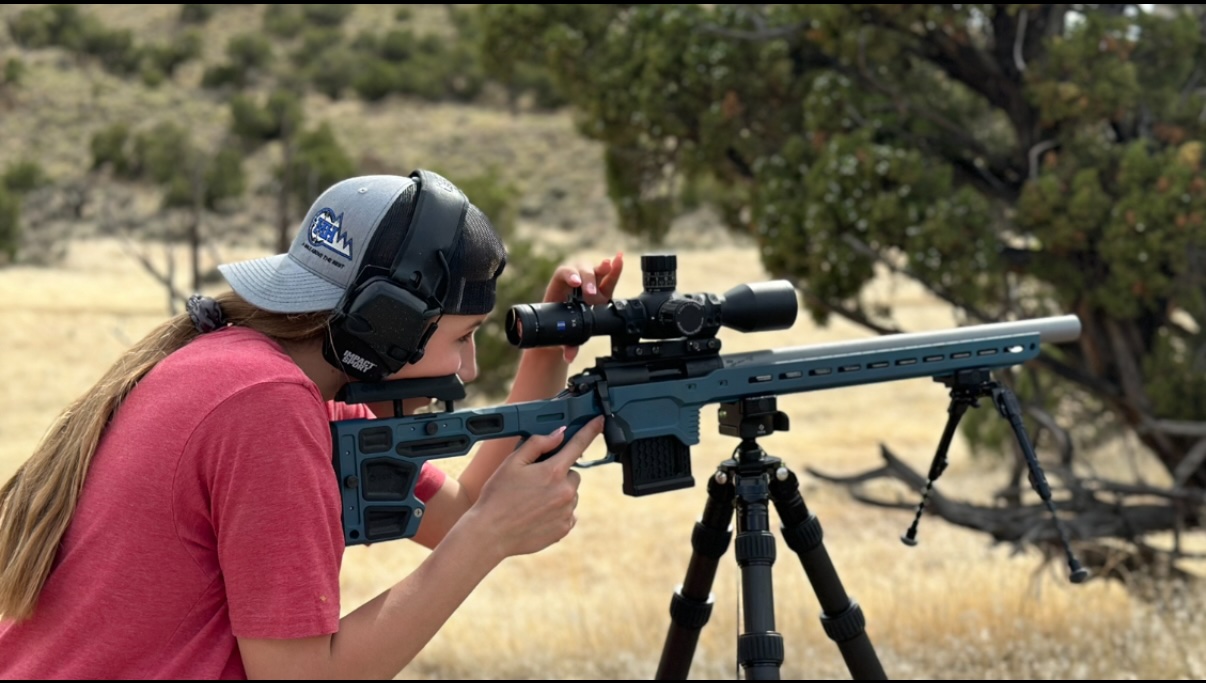
Applying RifleKraft to Rimfire
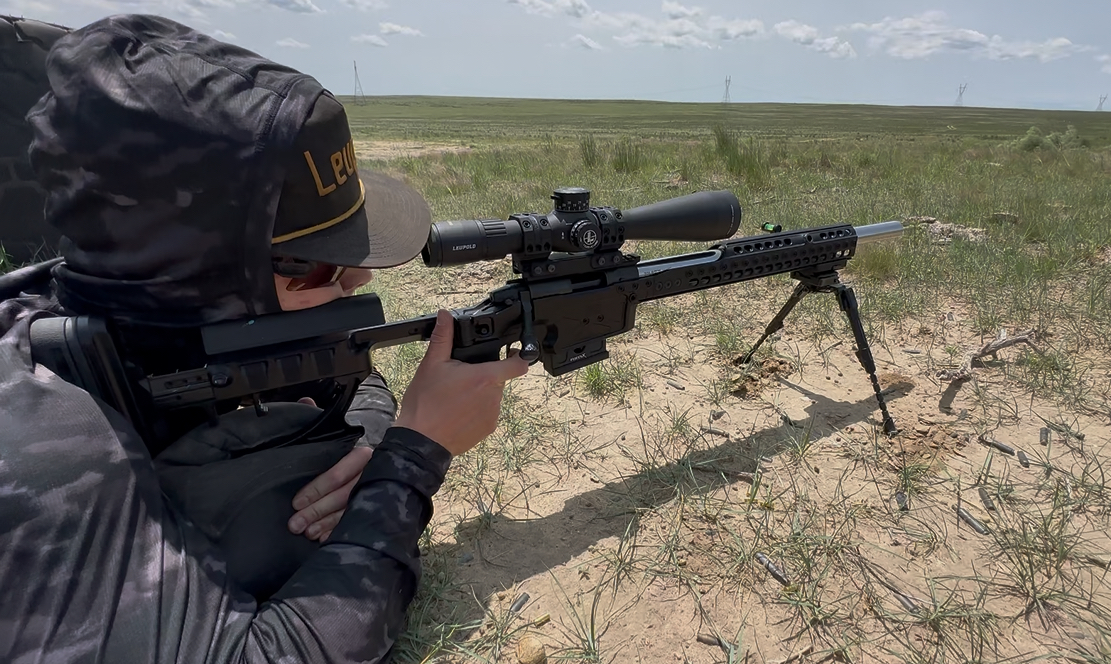
There’s a growing interest in rimfire—especially among new shooters, parents with kids, or anyone looking for a more accessible path into precision rifle shooting. The gear is lighter, the ammo is cheaper, and you don’t need 1,000 yards to train well. But while the platform may feel different, the principles don’t change. RifleKraft applies to rimfire just as directly as it does to centerfire—you just have to adjust how you interpret the results.
This isn’t about a different system. It’s about a different signal-to-noise ratio. The fundamentals still show up. The outputs still reflect the inputs. But some signals get louder, others quieter—and the shooter has to learn to read them for what they are.
Recoil: The Quiet Signal
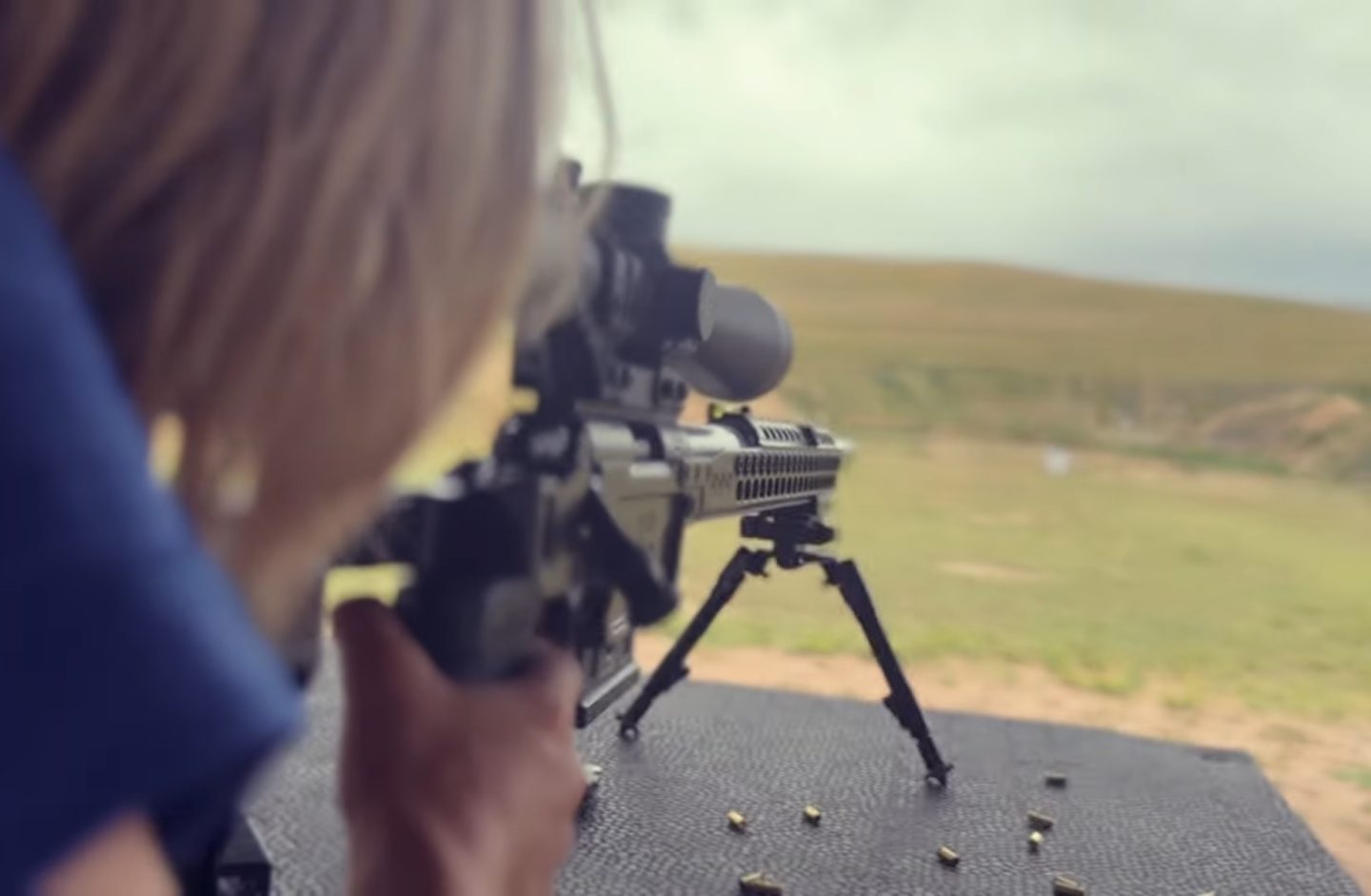
In centerfire, recoil management is often a dominant input. When it’s done poorly, the result is obvious—barrel movement, reticle disruption, or visible instability in the cone of fire. But in rimfire, recoil is barely there. That doesn’t mean recoil management doesn’t matter—it just means the system won’t show it as loudly.
With a .22, recoil isn’t going to mask or highlight poor fundamentals the same way. Instead, you’ll see other inputs become more prominent, especially trigger press, fit, and follow-through.
Fit: More Than Comfort
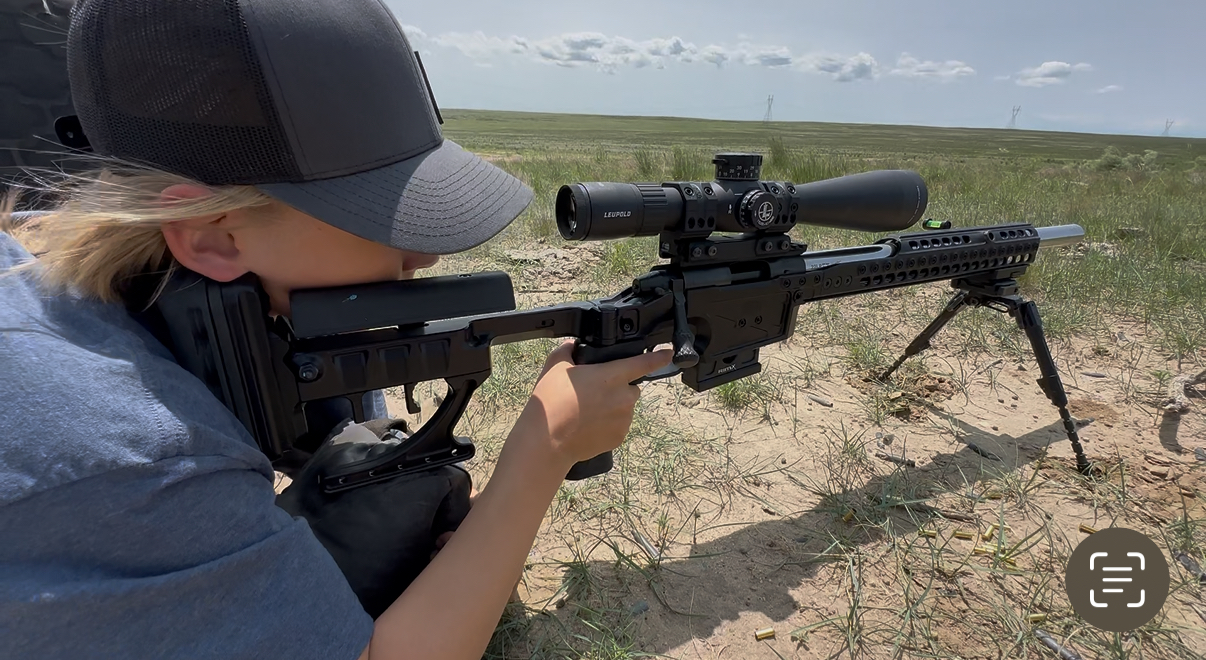
Rimfire rifles are lighter. That makes the shooter’s inputs more influential. A heavy centerfire rifle can soak up inconsistency—rimfire won’t. If the rifle doesn’t fit the shooter, especially a smaller-framed one like a kid, the result is instability that will move the barrel during the shot. This shows up directly in Kraft patterns and often gets mistaken for fundamentals or wind.
I’ve tested a number of chassis systems, and the Spuhr chassis stands out for its adjustability. It lets you change length of pull and cheek height quickly and precisely between shooters of different sizes. This made a huge difference for my kids. When the rifle fits the shooter, the inputs become consistent, and the data starts to mean something.
I’ve also noticed that an even distribution of weight—from the front of the barrel to the buttstock—seems to help the rifle behave more consistently. Rifles with dramatically uneven mass cross-sections often feel imbalanced and respond inconsistently to shooter input. A balanced system leads to better repeatability. Better fit means more repeatability and less inputs off of the rifles axis during the shot process.
Trigger Press: A High-Impact Input
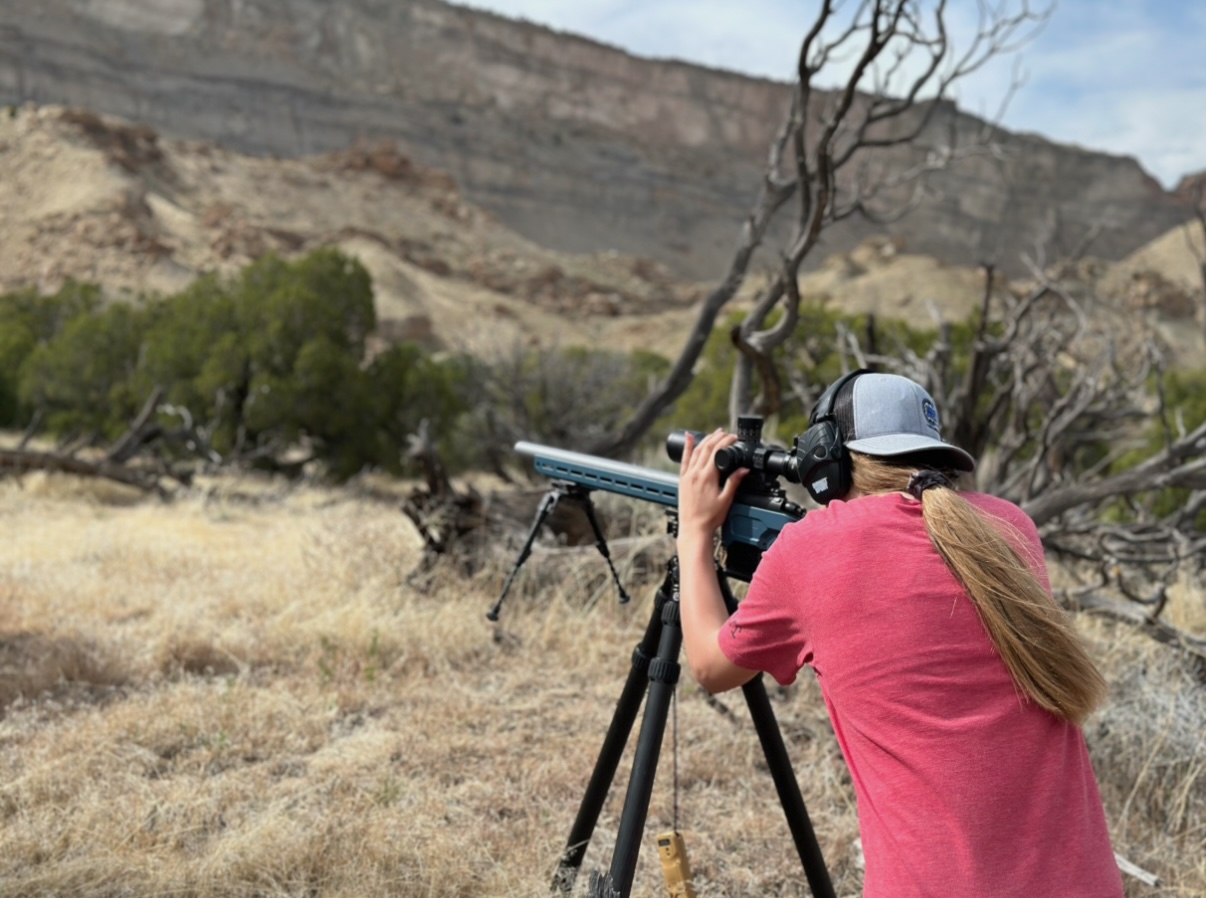
Because rimfire rifles weigh less, trigger press becomes a proportionally larger input. Any lateral pressure, anticipation, or slap will shift the point of aim. With no recoil to mask it, and less rifle mass to buffer it, these errors show up plainly. This makes rimfire a sharp teacher when it comes to developing good press mechanics.
Follow-Through: Still Non-Negotiable

Rimfire doesn’t forgive movement during or after the shot. If you relax early, flinch, or lift your head, the barrel moves—and with longer time in the barrel, such light rifles, even slight movement affects impact. Follow-through is just as critical in rimfire as in centerfire, if not more, because the platform won’t cover your mistakes.
Reticle as Reference
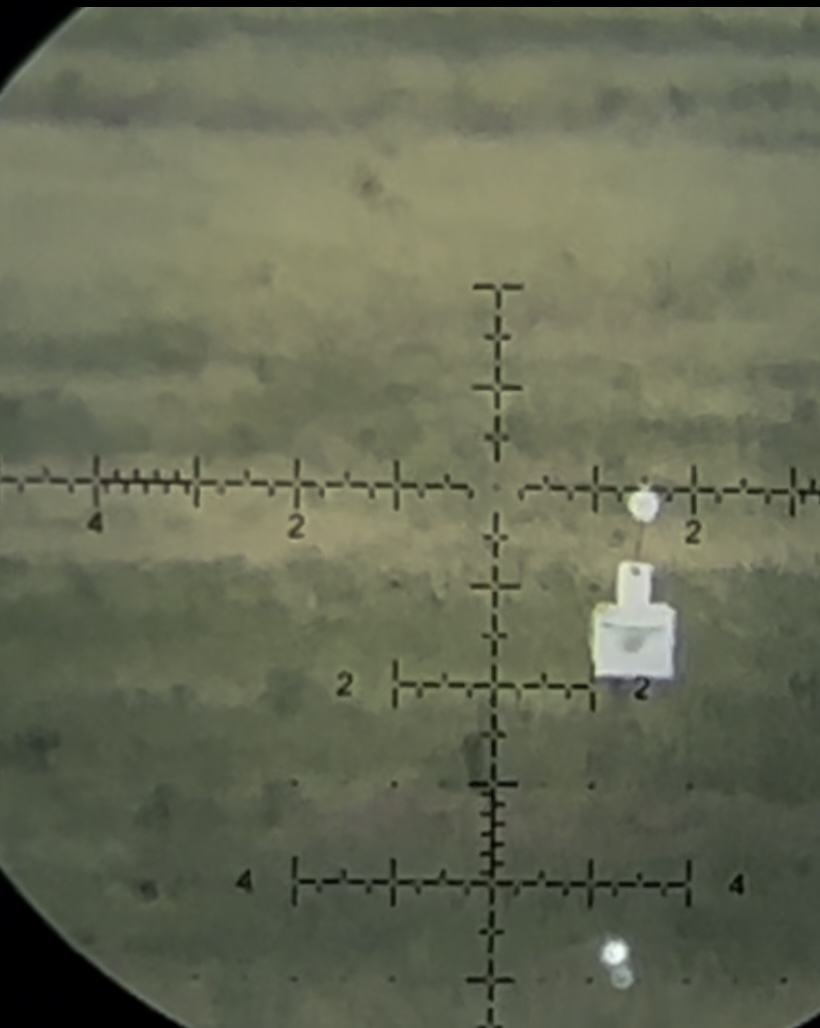
In all shooting, the reticle is your truth-teller. It shows you where the barrel is pointed and how it moves during the shot. That’s your window into the inputs—into your technique. In rimfire, since recoil doesn’t throw the reticle around, you get a cleaner view of what your trigger and position are actually doing to the rifle.
If you’re watching, the reticle will show you everything.
Wind and Drop: Scaled, Not Changed
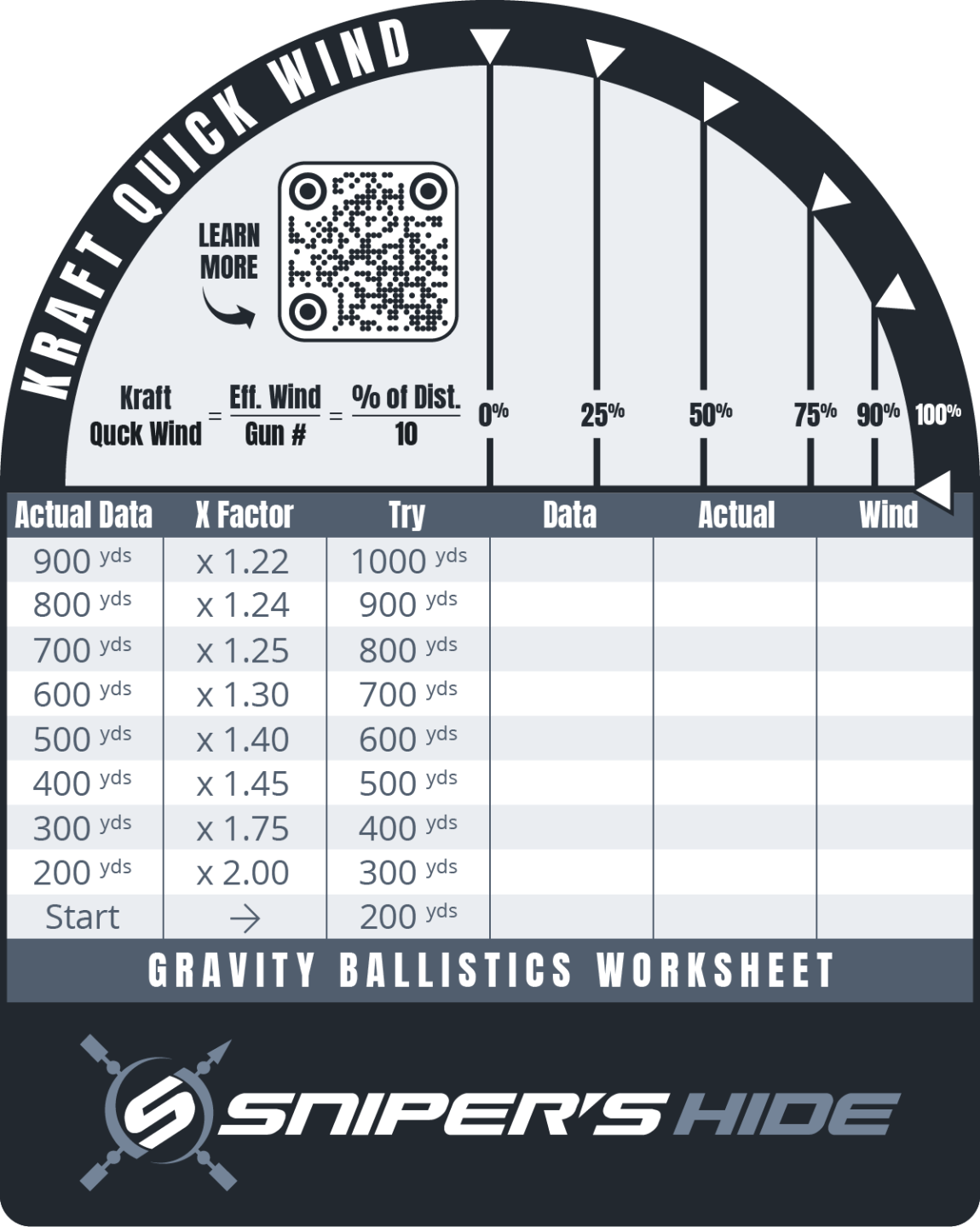
KraftWind still applies. The math doesn’t change—only the magnitude. A 10 mph wind still has the same angular effect. The process of calling wind, applying angle, adjusting for range—that’s universal. You may be shooting at 75 or 150 yards instead of 600 or 1,000, but the concepts are identical. Rimfire just gives you a smaller gun number and that’s easy to account for like all KraftWind: it just takes some practice getting the mental speed up.
The same goes for drop. Because most rimfire rifles are zeroed at 25 or 50 yards, and bullet speed is lower, the trajectory curve is sharper. That means your cone of fire needs to be managed more tightly inside common NRL22 distances (20–300 yards). This is a good thing. It trains the shooter to control vertical, inputs and outputs, and not just blame the wind.
What the Data Still Tells You
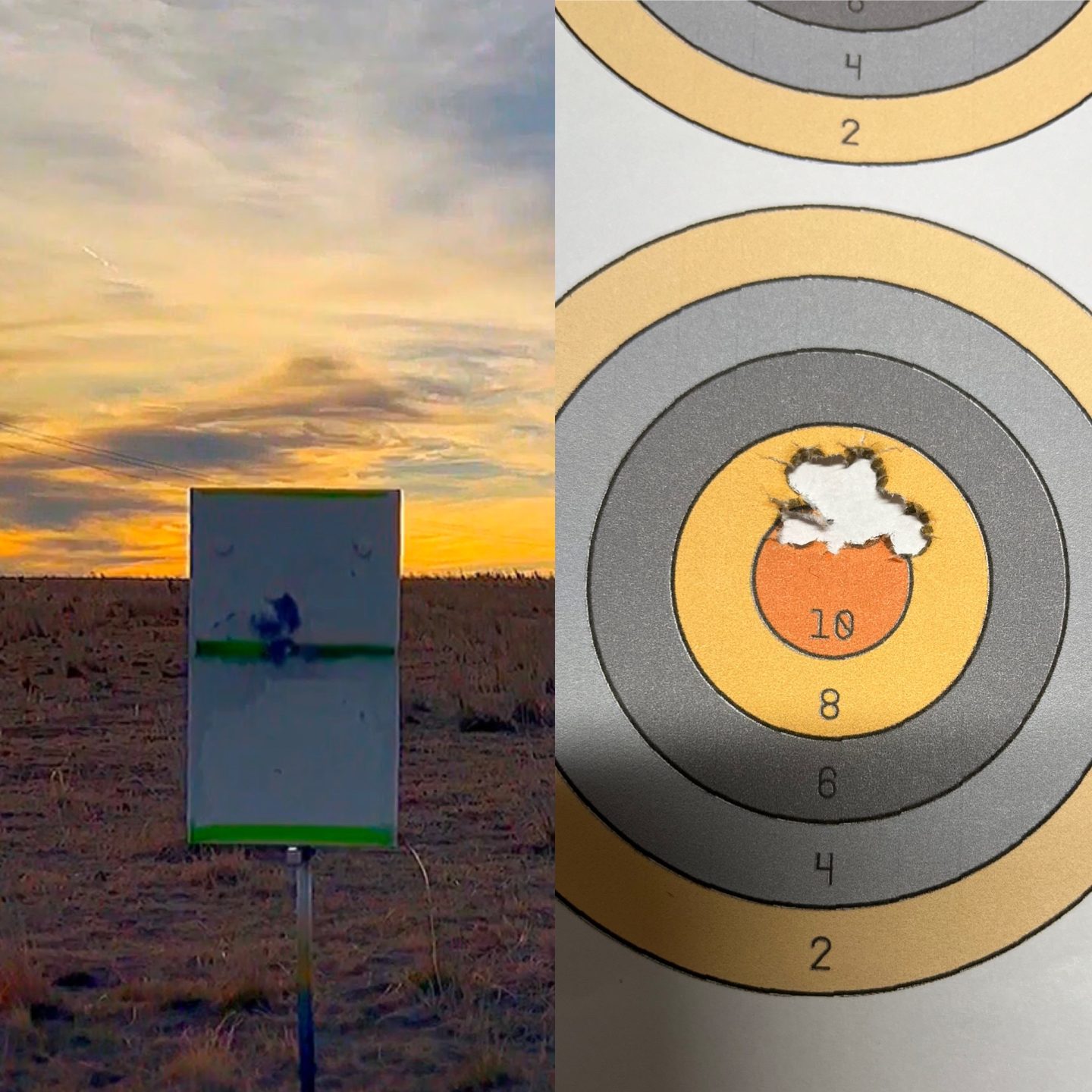
Rimfire data still shows you:
- Whether the rifle fits the shooter
- Whether positions are stable
- Whether trigger press and follow-through are consistent
- Where wind is being misjudged or misunderstood
- Building positions and moving from one position to the next.
In short: rimfire gives you the same signals, but the noise floor has changed. Some fundamentals get amplified, others get muted. But the outputs still reflect the inputs. That’s the core of RifleKraft.
Final Thought
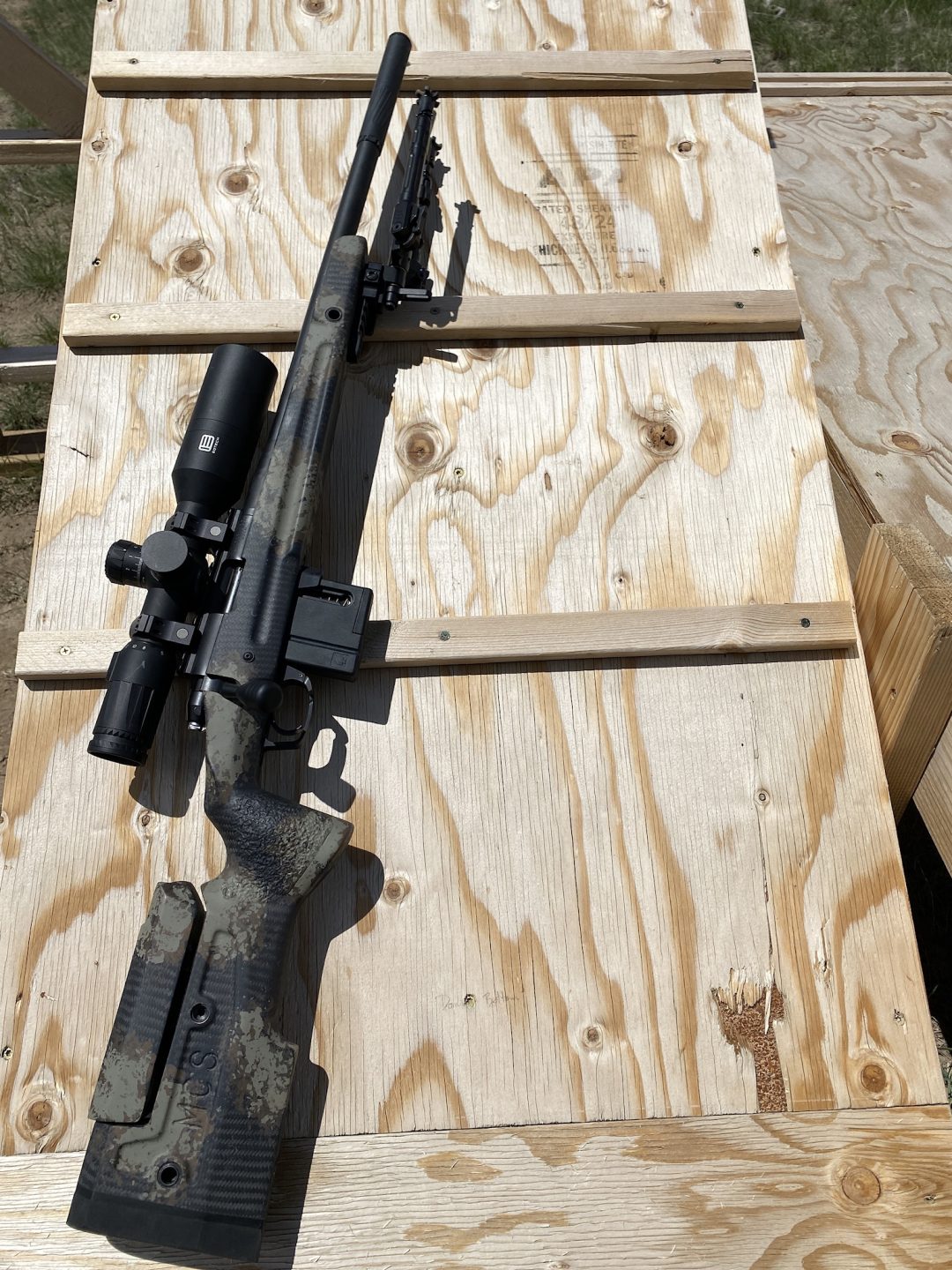
Rimfire isn’t a soft version of shooting. It’s not simplified. It’s just scaled differently. The mistake is thinking that because the recoil is light or the distances are shorter, the data is less valid., or it takes less skill. The truth is, rimfire often shows more—because the system is quieter.
If you’re willing to read the signal correctly, rimfire will make you a better shooter. And if you’re tracking your progress through actual patterns and performance—not guesses—you’re training with intent. That’s what matters, regardless of caliber or system you are shooting. For me rimfire is legit and as good a platform as any to develop your Kraft with.

